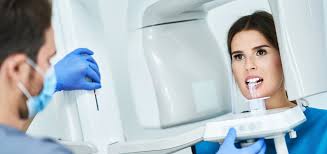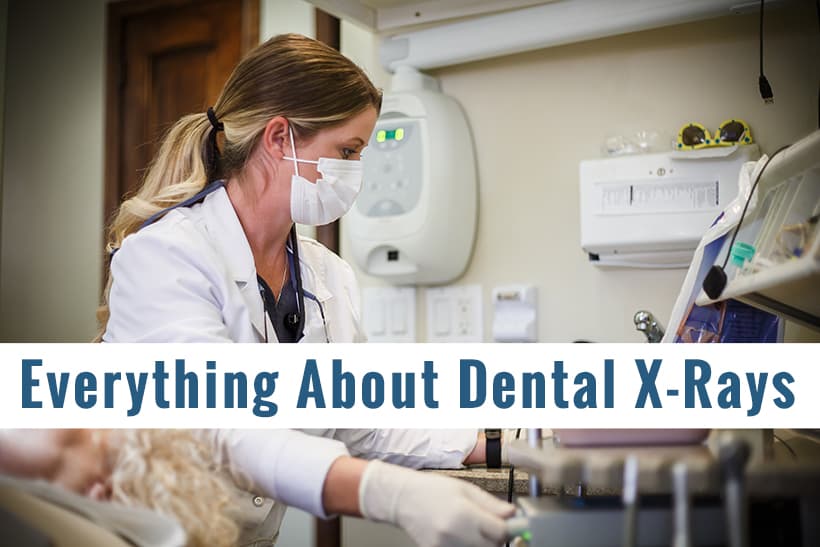Dental health plays a crucial role in our overall well-being, and part of maintaining it involves regular check-ups and treatments. Dental X-rays, also known as radiographs, are an integral part of dental diagnostics and treatment planning. They provide dentists with crucial insights into the hidden aspects of our oral health. In this article, we’ll delve into what a dental X-ray is, why it’s important, and how it benefits both patients and dental professionals.
Dental X-rays are a type of imaging technique that uses low levels of radiation to capture images of the teeth, bones, and surrounding tissues within the mouth. These images allow dentists to identify problems that might not be visible during a regular visual examination. Dental X-rays come in various types, each serving a specific purpose in diagnosing different oral issues.
Types of Dental X-Rays
- Bitewing X-rays – These X-rays focus on the upper and lower back teeth. They are used to detect cavities between the teeth, as well as the condition of the bone supporting the teeth.
- Periapical X-rays – These X-rays capture the entire tooth, from the crown to the root and the surrounding bone. They help diagnose issues such as abscesses, impacted teeth, and root infections.
- Panoramic X-rays – This type of X-ray captures a broad view of the entire mouth, including all the teeth and the jaws. It’s used for assessing the overall oral health, planning orthodontic treatments, and identifying potential problems.
- Cephalometric X-rays – Often used in orthodontics, these X-rays focus on capturing the side view of the head. They aid in planning orthodontic treatment and evaluating facial proportions.
- Cone Beam Computed Tomography (CBCT) – CBCT is a specialized type of X-ray that offers three-dimensional images of your oral structures. It’s especially useful for complex dental procedures, such as dental implant placement and orthodontic treatment planning.

Importance of Dental X-Rays
Dental X-rays provide valuable information that can’t be obtained through a visual examination alone. Some benefits include:
- Early Detection – Dental X-rays help identify issues in their early stages, such as cavities, gum disease, and infections. This early detection allows for prompt treatment, preventing further complications.
- Comprehensive Assessment – X-rays provide a comprehensive view of your oral health, helping dentists create personalized treatment plans based on your specific needs.
- Informed Decision-Making – With X-ray images, dentists can better explain your dental health status. This empowers you to make informed decisions about your treatment options.
- Monitoring Development – In orthodontics, X-rays are crucial for tracking the growth and development of teeth and jaws, ensuring that orthodontic treatments are on the right track.
Safety Measures and Concerns
While dental X-rays are considered safe, precautions are taken to minimize radiation exposure. Lead aprons and thyroid collars are commonly used to shield sensitive tissues from radiation. Additionally, X-ray machines are calibrated to emit the lowest possible dose of radiation required for accurate imaging.
Patients who are pregnant or suspect they might be pregnant should inform their dentist, as X-rays are generally avoided during pregnancy unless absolutely necessary. However, if there’s an urgent dental issue, some X-rays might be performed with appropriate precautions.

Dental X-rays are a vital tool in modern dentistry, aiding in the diagnosis, treatment planning, and monitoring of oral health issues. These images provide a comprehensive view of our oral structures, helping dentists make informed decisions about our dental care. By understanding the various types of dental X-rays and their significance, patients can actively participate in their oral health journey and ensure a brighter, healthier smile for years to come. Remember, regular dental check-ups, including X-rays when recommended by your dentist, play a key role in maintaining your overall oral health.
Take away
While the significance of dental X-rays can not be overlooked, it is also important that we seek reputable places to have our dental X-rays. It is also crucial that patients find experienced and well-trained personnel for the X-rays. As mentioned earlier, stringent precautionary measures are taken to ensure safety during dental X-rays. Visit the Nairobi Sterling Dental Clinic, and experience quality dental X-ray services, from well-trained and experienced personnel.
At the Nairobi Sterling Dental Clinic, patient safety is a core consideration, and we all ensure that our dental X-rays are as per the required standards. Visit us at our Parklands clinic, at the Park Suites Building today and experience a dental X-ray experience like no other. In addition to dental X-rays, we also have a myriad of other dental services that can help improve the quality of your life as a whole.

